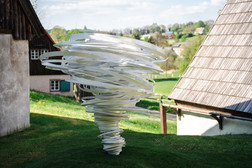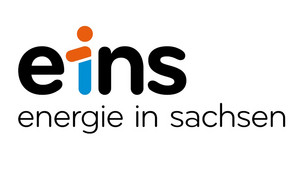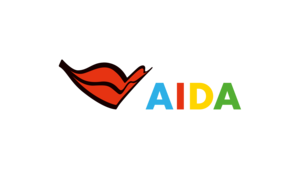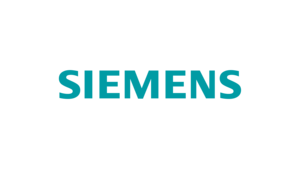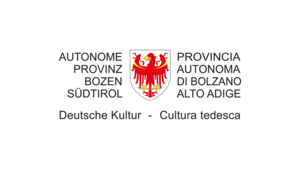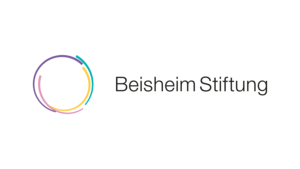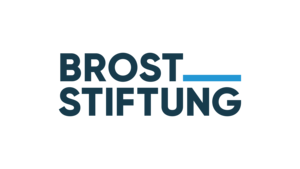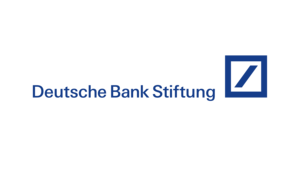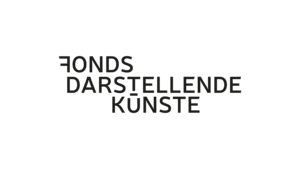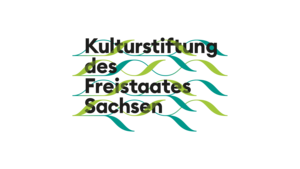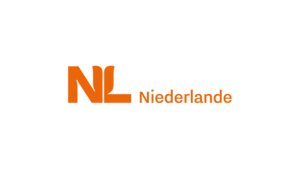Alice Aycock: Twister Again
Seiffen
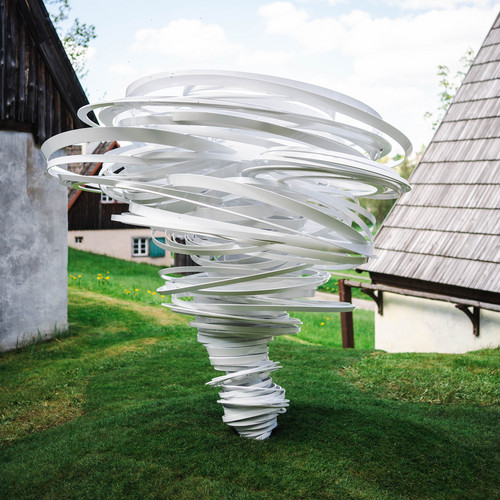
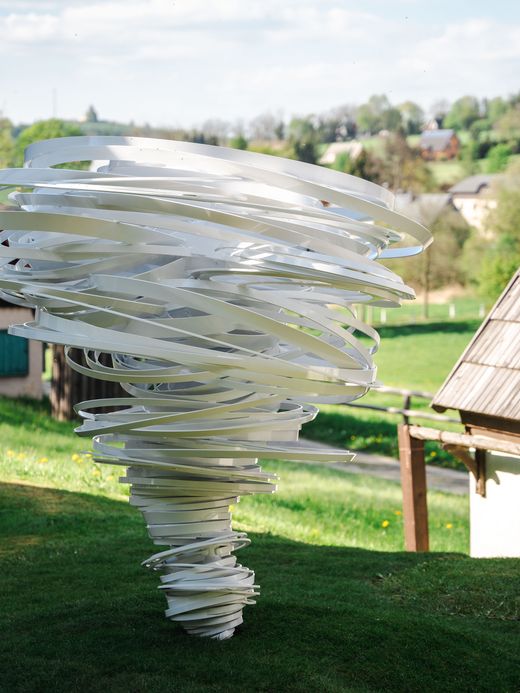
Cybernetics and entropy are the most important influences on Alice Aycock, a sculptor born in Harrisburg/USA in 1946. She learnt technical drawing and an understanding of construction and control engineering at her father's company, a successful plant engineer. During her art studies in New York, Aycock encountered the protagonists of land art, conceptual art, happenings and performance and became one of the most important artists of postmodern sculpture. In the late 1980s, she was one of the first artists to use 3D software for her artistic designs. The ‘entropic measure of the ignorance of the states of all individual particles’ (Richard Becker) determines the shape of the ‘Twister’ series. Starting from a point fixed on a square base, a dynamic vortex winds concentrically upwards. In the sculpture ‘Twister Again’, the swirling seems to have taken place in several phases: It drifts apart and is held in the state of a seemingly chaotic structure. The white powder coating on the aluminium strips that make up the sculpture gives it the appearance of a dynamised but undefined preform that leads to ever new discoveries of form through the power of imagination and observation.
Seiffen miners also had imagination and creativity at the end of the 18th century. The minerals were exhausted, numerous water-powered punching mills, huge hammers that knocked tin and ore out of the stone, no longer had any function. In a major transformation process, the miners reused water power, invented tyre turning and powered the machines with the ecological energy of water. This gave rise to a new branch of industry and the image of wood shavings whirling around during the turning process reminds people in the Erzgebirge of the energy of their old craft.
(Text: Alexander Ochs / Ulrike Pennewitz)
Alice Aycock
Twister Again
In Seiffen, Open-air museum Erzgebirge
Material: powder-coated aluminium
Size: 2, 80 x 2,80 x 2,80 m
Set up with the support of the town of Seiffen.
Address:
Open-air museum Erzgebirge
Main street 203
09548 Seiffen
to the location on Google Maps
There is a lot to discover at the PURPLE PATH! Experience tips presented by the Tourismusverband Erzgebirge e.V.


